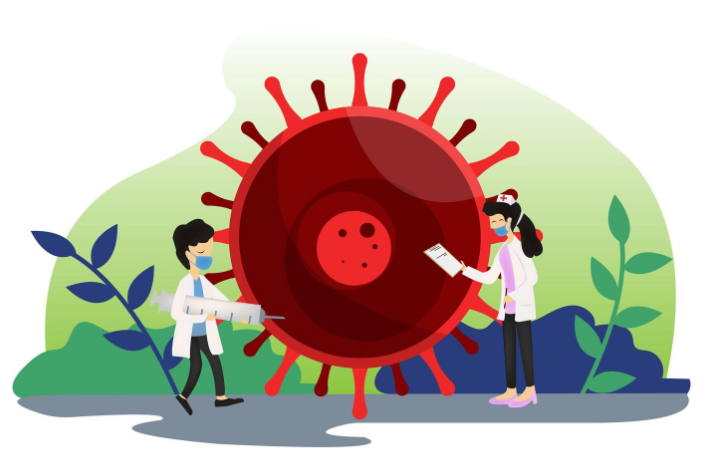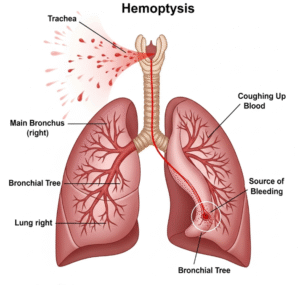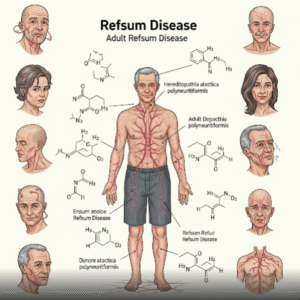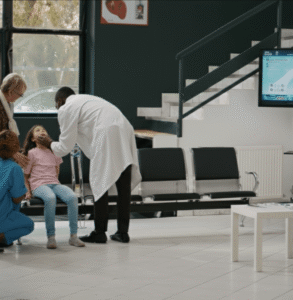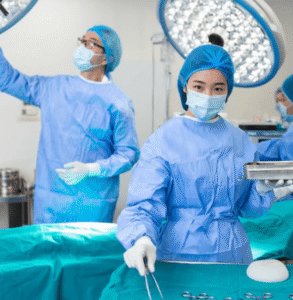Overview
Haemophilia is a hereditary bleeding disorder that affects the blood’s ability to clot properly. In Korea, awareness and treatment of haemophilia have advanced significantly, with comprehensive care available in specialized hemophilia treatment centers and major hospitals. Early diagnosis and ongoing management are essential to prevent severe bleeding complications and maintain quality of life.
What is Haemophilia?
Haemophilia is a genetic disorder caused by deficiencies in clotting factors, most commonly factor VIII (Haemophilia A) or factor IX (Haemophilia B). It primarily affects males, while females are usually carriers. The severity of the disease can range from mild to severe, influencing how frequently spontaneous or trauma-related bleeding occurs.
Symptoms
- Excessive or prolonged bleeding from cuts or injuries
- Frequent nosebleeds
- Easy bruising, even from minor bumps
- Joint swelling or pain due to internal bleeding (hemarthrosis)
- Blood in urine or stool
- Unexplained bruises or hematomas
Causes
Haemophilia is caused by mutations in the genes responsible for producing clotting factors. These mutations impair the body’s ability to form blood clots effectively, leading to prolonged or uncontrolled bleeding. Most cases are inherited, though rare spontaneous mutations can also occur.
Risk Factors
- Family history of haemophilia or being a carrier
- Male sex (X-linked inheritance)
- Rare spontaneous genetic mutation in the clotting factor genes
Complications
If untreated, haemophilia can result in:
- Recurrent joint damage from internal bleeding
- Chronic pain and reduced mobility
- Severe anemia due to blood loss
- Life-threatening bleeding episodes, especially in the brain or gastrointestinal tract
- Development of inhibitors (antibodies against clotting factor treatment)
Prevention
While genetic inheritance cannot be prevented, the following measures help manage risk:
- Genetic counseling for families with a history of haemophilia
- Early diagnosis through newborn screening or family testing
- Avoiding activities with high risk of injury
- Prompt medical attention for any bleeding episodes
Treatment Options in Korea
Treatment in South Korea focuses on preventing and controlling bleeding through advanced medical care:
- Clotting factor replacement therapy: Administered intravenously, either prophylactically or on demand, to replace missing clotting factors. Hospitals such as Seoul National University Hospital, Samsung Medical Center, and Asan Medical Center provide comprehensive infusion therapy programs.
- Desmopressin (DDAVP): Used in mild Haemophilia A to stimulate the release of factor VIII.
- Physical therapy and rehabilitation: Helps manage joint damage and maintain mobility.
- Home treatment programs: Many patients receive training for self-administration of factor replacement at home.
- Management of inhibitors: In patients who develop antibodies, specialized therapies including immune tolerance induction are available in major Korean hemophilia centers.
- Regular follow-up: Includes monitoring factor levels, joint health, and overall wellbeing to prevent complications.

